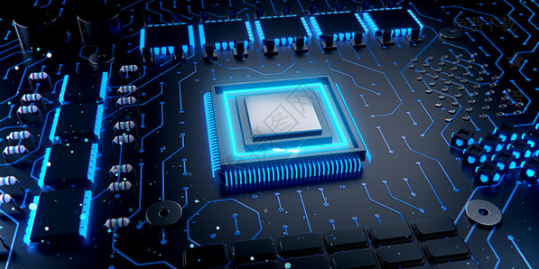In PCB design, "ground" is a concept that makes many engineers a headache, and it is a bit difficult to "gnaw". This article is about some difficult questions and answers related to "ground" and "grounding". I hope it can help you understand "ground" better.
1. Why should it be grounded?
The purpose of PCB grounding mainly has the following 3 points:
1. Grounding can make all the unit circuits in our circuit system have a common reference 0 potential, that is, there is no potential difference between each circuit, so that the circuit system can work stably.
2. Prevent external electromagnetic interference. For example, the chassis is grounded; it provides a discharge channel for transient interference (ESD); it can also discharge a large amount of charges accumulated on the chassis due to electrostatic induction through the ground; if the circuit has a shielding cover or a circuit shield, choose Proper grounding can get a better shielding effect!
3. Ensure safe work. When lightning (Surge) electromagnetic induction occurs, damage to electronic equipment can be avoided.

2. Why separate the analog ground from the digital ground?
Both the analog signal and the digital signal return to the ground, because the digital signal changes quickly, and the noise caused on the digital ground will be very large, and the analog signal needs a clean ground reference to work. If the analog ground and digital ground are mixed together, noise will affect the analog signal. The main reason to separate the analog ground from the digital ground is to avoid mutual interference.
3. How to ground the signal on the board?
For general devices, nearby grounding is the best. After adopting a multi-layer board design with a complete ground plane, it is very easy to ground general signals. The basic principle is to ensure the continuity of the traces and reduce the number of vias. ; Close to the ground plane or power plane, etc.
4. How to ground the interface components of the board?
Some boards have external input and output interfaces, such as serial port connectors, network port RJ45 connectors, etc. If their grounding design is not good, it will also affect normal operation, such as network port interconnection errors and missing codes. Packets, etc., and will become a source of external electromagnetic interference, sending the noise in the board to the outside. Generally speaking, an independent interface ground will be separated separately, and the connection with the signal ground will be connected by a thin wire, and a zero ohm or small resistance resistor can be connected in series. Thin traces can be used to block signal ground noise from passing to the interface ground. Similarly, the filtering of the interface ground and interface power should be carefully considered.
Five, why thicken the ground wire
If the ground wire is very thin, the ground potential will change with the current change, causing the timing signal level of the electronic device to be unstable and the anti-noise performance to deteriorate.
Therefore, the grounding wire should be as thick as possible so that it can pass the allowable current on the printed circuit board. If possible, the width of the ground wire should be greater than 3mm.
6. How to reduce the interference caused by grounding?
1. The grounding wire should be as short as possible, and the grounding surface should be large;
2. Avoid unnecessary ground loops and reduce the interference voltage of the common ground;
3. The grounding principle is to adopt different grounding methods for different signals, and it is not possible to use the same grounding point for all grounding;
4. When designing a multi-layer PCB, the power layer and ground layer should be placed in adjacent layers as much as possible to form inter-layer capacitance in the circuit and reduce electromagnetic interference;
5. Try to avoid strong and weak current signals, and digital and analog signals share the same ground.